

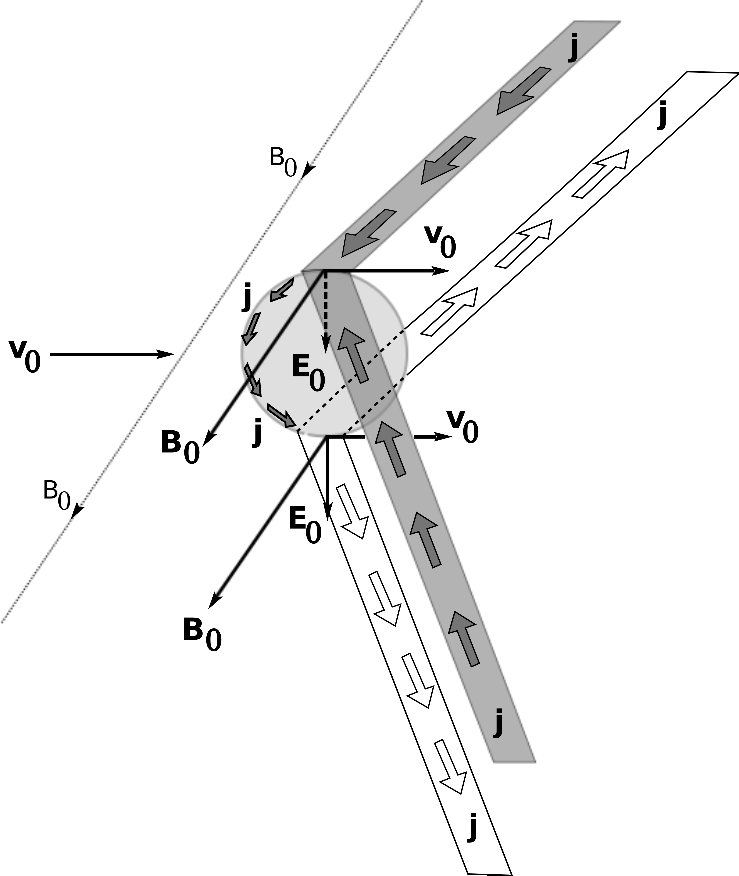



|
Contents |
|
|
Research director at CNRS / Laboratoire Univers et THéories (LUTH) / Observatoire de Paris.
Since their discovery in 2007, the fast radio bursts (5 milliseconds) are still very mysterious to astronomers. Several theories have been proposed, involving collisions of stars, but radio signals should be accompanied by emissions at other wavelengths, which are not observed. Two astronomers from the Observatoire de Paris offer another explanation, related to pulsars, and which involves companions in orbit. This model predicts that other radio bursts will be issued by the same given object with a certain periodicity, and could soon be tested. Since the publication of this paper, repeating FRB have been observed, but with no periodicity. Are they triggered by a swarm of pulsar companions ?
Scientific research
PUBLICATIONS IN RESEARCH PAPERS
Research topics
Interaction of pulsar wind and pulsar companions
Pulsar Magnetospheres
Polar auroras
Acceleration processes in the magnetosphere :
Io-Jupiter interaction
Physics of plasmas: a book
Physics of plasmas: Kinetic models of tangential discontinuities
Physics of plasmas: Landau damping revisited (with solutions not given by Landau)
Numerical methods for space plasmas
Turbulence and coherent structures in the magnetosphere :
Instrumentation (modest contributions)
-->
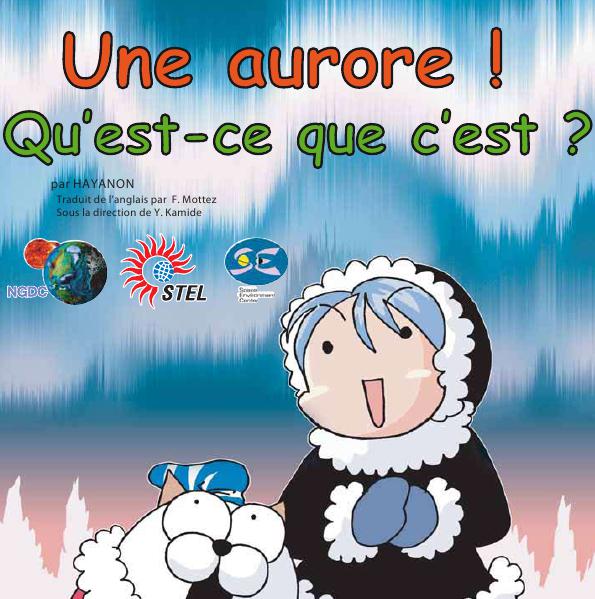
|
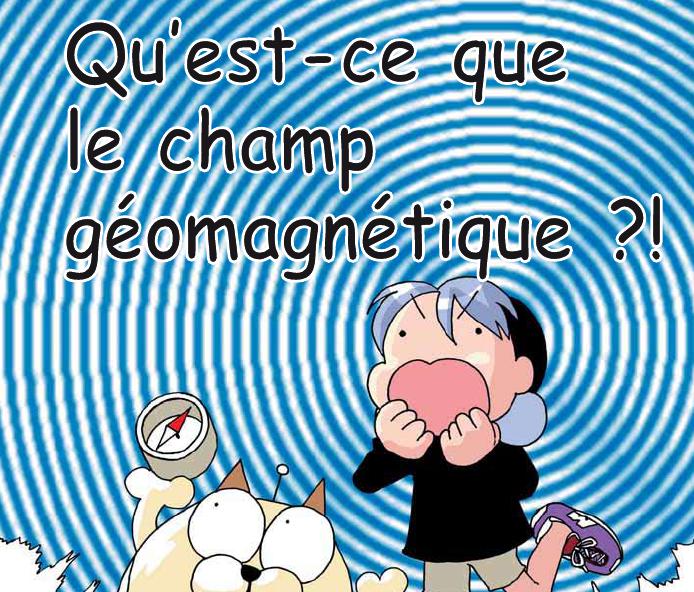
|
Two Japanese mangas, drawn by Hayanon, translated (from English) by Fabrice Mottez. (Projet CAWSES). Click on the image to download the files (11 Mo pdf). |
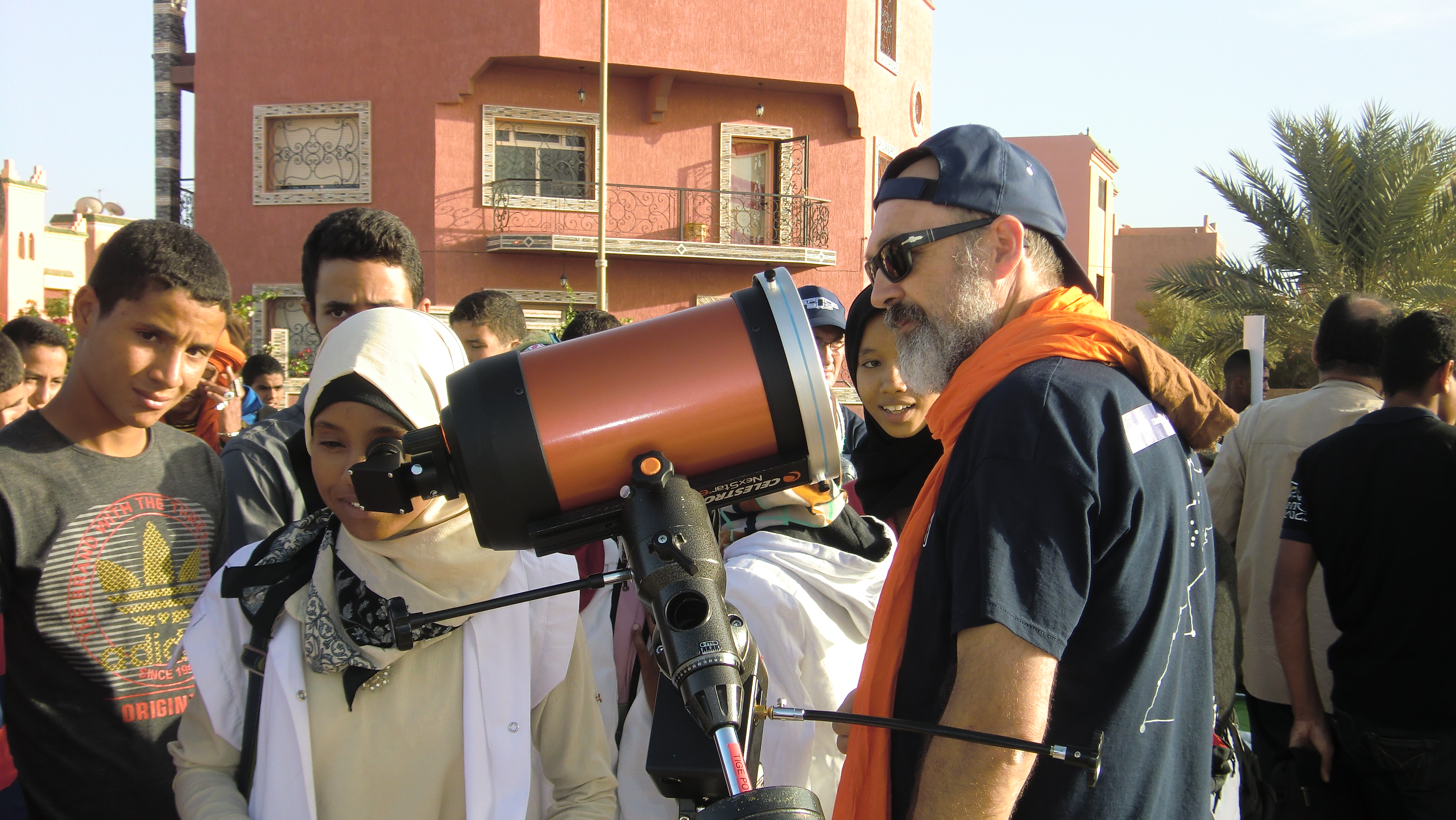

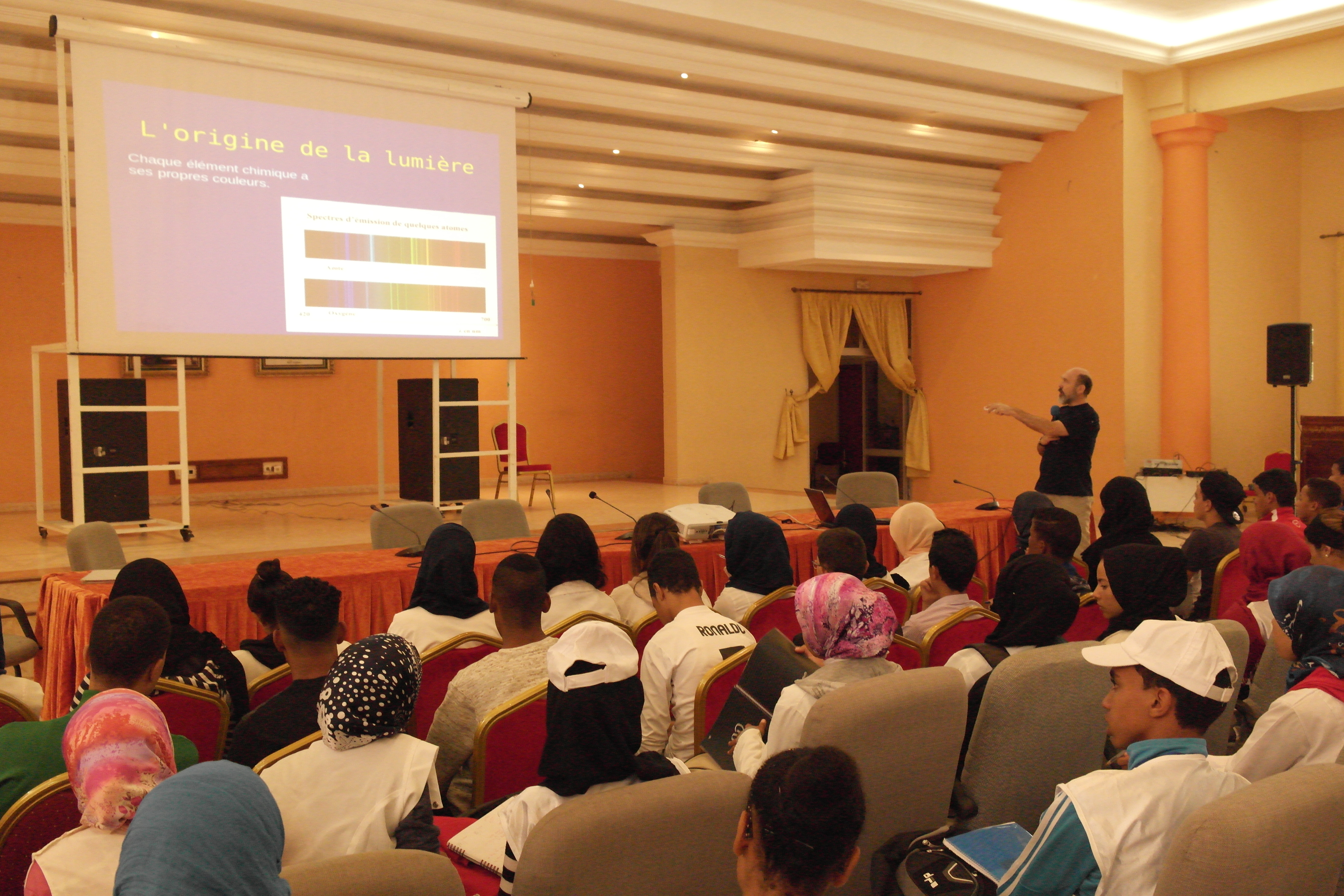
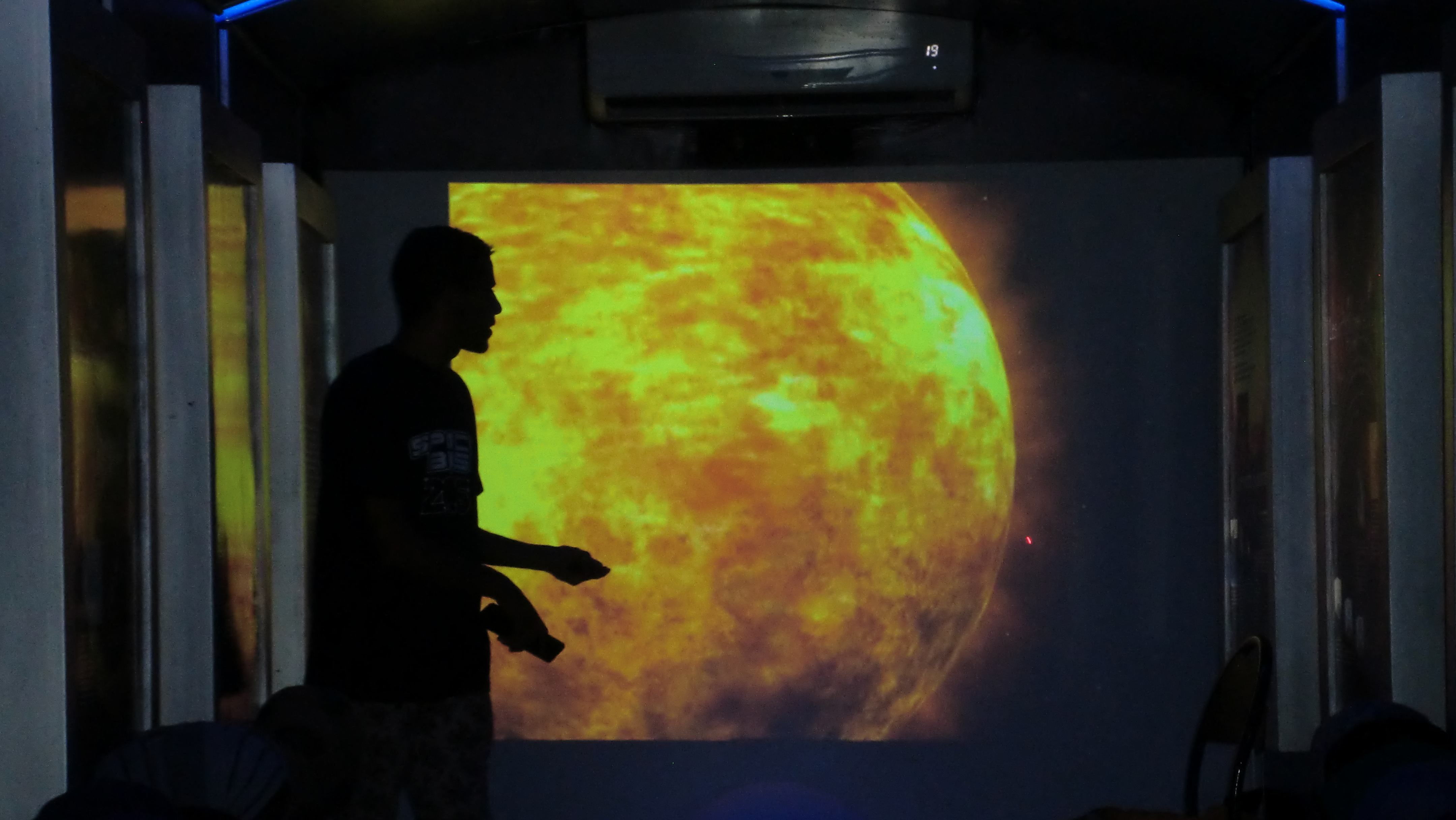
During three week in october 2016, , a conference room mounted onto a truck, two mini-buses, and a team of about 25 people met the public all accross Moroco. They proposed conferences on astronomy, small workshops about planets, spectroscopy, observations of the sun and of the nightsky with telescopes. Their public : schools from kindergarden to university, teachers, clubs of astronomy, and general public. The Paris Observatory was involved into that project and I participated to the animations from 21 to 29 october, 2016. Spacebus, Sénégal 2015
|